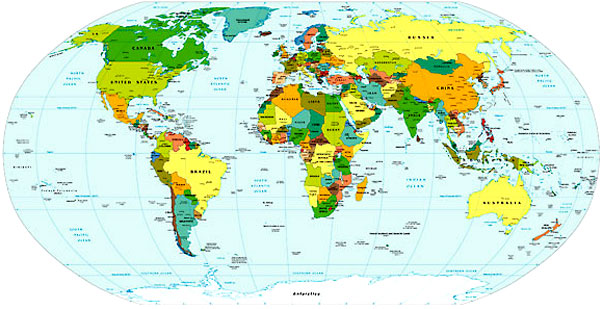 French Polynesia is a fairly recent invention—the island groups that make up the territory don’t share a common history. Well, not until the French got involved. French Polynesia (home of Tahiti and Bora Bora) is now a French Collectivity. On 29 June they celebrate Autonomy Day.
French Polynesia is a fairly recent invention—the island groups that make up the territory don’t share a common history. Well, not until the French got involved. French Polynesia (home of Tahiti and Bora Bora) is now a French Collectivity. On 29 June they celebrate Autonomy Day. The Marquesas Islands were first settled around the year 300, while the Society Islands (home to both Tahiti and Bora Bora) saw settlers arrive about 500 years later. European contact began with the Portuguese—Magellan spotted Pukapuka (of the Tuamotu Archipelago) in 1521. Later, the Dutch, under the explorer Jacob Roggeveen, discovered Bora Bora in 1722, and British explorer laid down a beach towel on the shores of Tahiti in 1767. Suddenly a rush of explorers followed his lead—the French explorer Louis Antoine de Bougainville came to Tahiti in 1768, and Captain Cook arrived a year later. Not long after that Spanish priests arrived for a year in 1774, and then the London Missionary Society got in on the action, sending Protestants who settled permanently in the region in 1797.
 The local King Pomare II fled Tahiti in 1803 to Moorea (also part of the Society Islands—this group of islands makes me think it should always be High Tea) in 1803, and was then converted to Protestantism in 1812—we all know “heathens” must be converted. That’s what missionary zeal is all about. The French decided they needed to get in on the missionary activity, and sent Catholics to do their work in 1834. When they were expelled in 1836 the French retaliated by sending a gunboat in 1838, and declaring Tahiti and Tahuata (in the Marquesas Islands) a French protectorate in 1842, allowing Catholic missionaries to continue their good work. (Yes, that was a little bit of sarcasm. I’m afraid I, too, was raised as something of a heathen.) In 1880 France changed the status of Tahiti from a protectorate to a colony, and then decided their wanted more of a foothold.
The local King Pomare II fled Tahiti in 1803 to Moorea (also part of the Society Islands—this group of islands makes me think it should always be High Tea) in 1803, and was then converted to Protestantism in 1812—we all know “heathens” must be converted. That’s what missionary zeal is all about. The French decided they needed to get in on the missionary activity, and sent Catholics to do their work in 1834. When they were expelled in 1836 the French retaliated by sending a gunboat in 1838, and declaring Tahiti and Tahuata (in the Marquesas Islands) a French protectorate in 1842, allowing Catholic missionaries to continue their good work. (Yes, that was a little bit of sarcasm. I’m afraid I, too, was raised as something of a heathen.) In 1880 France changed the status of Tahiti from a protectorate to a colony, and then decided their wanted more of a foothold.First they claimed the Tuamotu Archipelago. Having already declared Tahuatu a protectorate, they then thought, well, why not all the Marquesas Islands? So, they declared them to be French too. A couple of islands wanted British protection, but failed and were annexed by France as well.
1946 saw Polynesians granted French citizenship, and the status of French Polynesia changed to that of an overseas territory—the islands officially became known by the name of French Polynesia in 1957. Slowly the region has gained greater control over its own affairs—partial autonomy arrived in 1977; more extensive autonomy came about in 1984; then in 2004 French Polynesia became an overseas collectivity. The presidency hasn’t been particularly stable of late—bouncing between Gaston Tong Sang, Oscar Temaru and Gaston Flosse. The current president, Gaston Flosse, is anti-independence, but is in a coalition cabinet with Oscar Temaru’s pro-independence party. It’s thought that the relationship will break down sometime—their common ground is their allegiance against Gaston Tong Sang.
Oh, and let’s not forget Muraroa Atoll—we all remember how popular the nuclear testing in the Pacific was. Or rather, wasn’t.
Today’s poem is a traditional Tahitian poem, translated by Ulli Bejer.
Taaroa
He was there—Taaroa was his name.
Around him void:
no earth no sky
no sea people.
Taaroa calls—there is no echo.
In his loneliness he changes himself into the world.
These entangled roots are Taaroa.
These rocks are Taaroa.
Taaroa: sand of the sea.
Taaroa: clarity.
Taaroa: seed.
Taaroa: ground.
Taaroa the eternal
the powerful
creator of the world
the large sacred world
the world
which is only the shell.
Taaroa is the life inside it.
—Tahitian tradition poem
translated from the Tahitian by Ulli Bejer


No comments:
Post a Comment